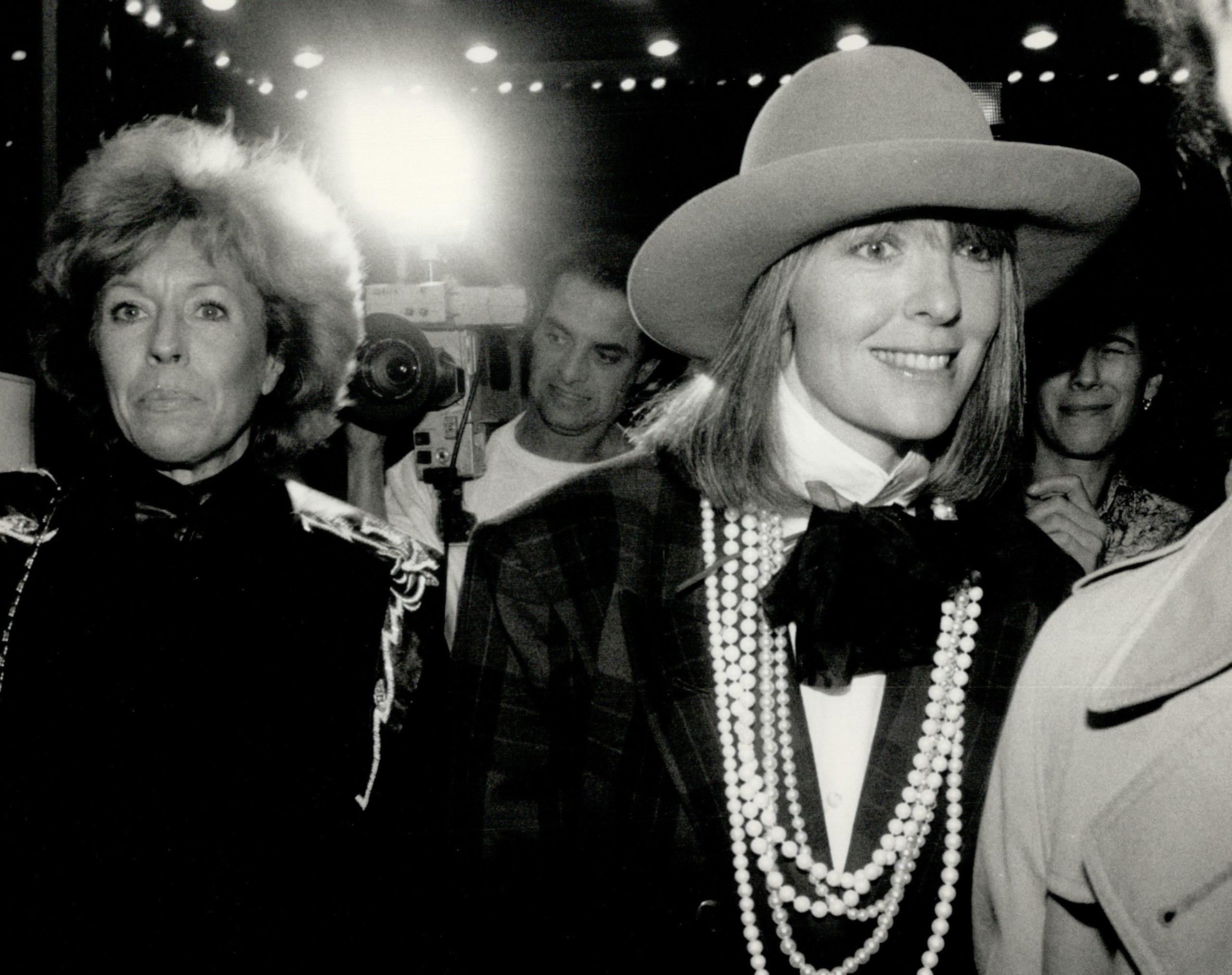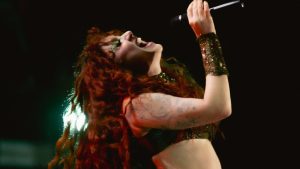
12 Photos of a Young Diane Keaton, the Original Poster Girl for Vintage Fashion
The Oscar-winning actor Diane Keaton, star of beloved films from Annie Hall to Something’s Gotta Give, The First Wives Club to The Godfather, has died at the age of 79, her family confirmed on October 11, 2025. Here, Vogue pays tribute to her life in style.
Vogue first highlighted the peculiar genius of Diane Keaton in its ’70s culture pages—calling out her turns in Sleeper in 1974 and The Godfather: Part II the following year (“Just a really terrific movie in every way”). It’s only in 1977, though, that the magazine properly introduced her to readers as “the woman superspecialstar of American movies” following the release of both Annie Hall and Looking for Mr. Goodbar.
“She’s the mistress of the ditsy exclamation, of the indecisive sentence, the fade-out silence,” Vogue’s December issue declared. “Self-apology is what Diane seems to be about. That is, until you watch her work on screen or sing a song (she’s said to be cutting an LP), and then there is no doubt to be seen in her: she’s the best. In Diane Keaton’s dithers is all the strength of American women. Oscar, your ’78 name is Diane.”
While her LP never materialized, Vogue’s Academy Awards prediction would prove accurate: Keaton collected the top prize at that year’s ceremony in Giorgio Armani tailoring, a pale-pink peony in her lapel. She gave her verdict on the outfit in Rizzoli’s 2024 monograph Fashion First: “Giorgio gave me a look that honored my love for blazers and layers while also reminding me how much I adored skirts—but maybe the socks I chose were just a little too ’80s…”
Said outfit, of course, echoed her on-screen style as Annie, whose “rueful, Chaplinesque, baggy-pants-and-vest look” struck a chord with an entire generation keen to leave behind the “rich hippy” feel of the late ’60s, as Vogue put it. The key to achieving the aesthetic? In a word: vintage.
“Even before the emergence of the Annie Hall style, the popularity of thrift shop clothes had hit the streets,” this magazine noted in an August 1978 interview with the film’s costume designer Ruth Morley. “Ethel Scull made the papers in New York a few years back when she appeared at a gathering of swells in a genuine ESSO workman’s coverall, and rock stars had popularized the slightly schizophrenic garb of cast-offs from other milieux. Lifestyles in general have grown less formal by quantum leaps, and individuality in clothing seems to be a badge for that by-now clichéd adage to ‘do your own thing.’ Women’s hard-won independence is reflected by their search for more personal and less dictatorial styles.”
For her part, Keaton had been a devotee of Goodwill since the early ’60s, calling its LA branches her “sanctuary” as a teenager. “Mom taught my sister Dorrie and me to rummage for the best and alter if needed,” she wrote in Fashion First. “Someone else’s junk was now our perfect treasure. Once home, we would put together outfits for the rest of the day, while discussing when we would go back to the Goodwill.” Before she had even left Santa Ana College for Manhattan, she had developed her distinctive taste—as evidenced by her request to wear a bowler hat to her prom. “My mother said, ‘Maybe another time, Diane.’”
Here, Vogue looks back at the star’s most memorable early fashion moments.
Photo: Getty Images
Keaton cites Cary Grant as the inspiration for her lifelong hat obsession; her adopted daughter, Dexter, is even named after his character, C K Dexter Haven, in A Philadelphia Story. She has at least 40 hats in her collection now—her favorite being a bowler from Baron.
Photo: Getty Images
Vogue hailed these particular frames as “this season’s Ford in sunglasses shapes…” in its November 1977 issue. “Diane Keaton wore them, funnily, in Annie Hall. John Chancellor has had them for years. What? A certain-shaped glasses frame—strictly traditional—that’s been tagged ‘Ful-Vue’, ‘retro’, the Brooks Bros look, [and] Wall Street specs.”










